 Justin Grammens
Justin Grammens
Welcome, Applied AI Weekly Readers, to the latest issue! I'm honored to once again share with you the most interesting articles on artificial intelligence that I've found this past week. Please reach out to me and setup a free meeting to discuss how I might help you navigate the many ways in which AI can be used in your business or life!
IMPORTANT NEWS
The Applied AI 2025 Fall Conference is back! Check out the details and be sure to
- Register Today for our early bird pricing. Save $100 if you get a ticket today!
- Apply To Speak and share your knowledge with our 5,000+ person community at the premier AI conference in the Upper Midwest.
- Support Applied AI as a Sponsor! You can support Applied AI at our meetups, podcasts, newsletters, or conferences. Contact me for more details.
Issue Highlights
This week explores AI’s impact in classrooms, with studies showing tutors outperform active learning, and debates over ChatGPT’s role in creativity. Claude Sonnet 4 expands to 1M tokens, GPT-5 delivers major advances, and China’s Kimi K2 marks another “DeepSeek moment.” Developers tackle AI agents, AGI timelines, and LangGraph workflows.
Upcoming Events
- Be sure to register for all our extraordinary events coming up on the Applied AI Meetup! Full details are available here
- I spoke a few weeks ago at the Applied AI & Healthcare.MN event on Home Healthcare & Hospice is Human - Let's Keep it That Way. Would love to connect and share my slides and more if you are interested!
A Bit of Thanks
- Thank you to everyone who attended my talk at Open Source North! The title of my talk was DeepSeek: The Open-Source AI That Changed the Game
- I'm continuing to offer free consultations and workshops with many business leaders on how AI is changing the landscape of how you will run your business today and into the future. Connect today and book a meeting with me.
Now that we have that covered, please enjoy the articles I have spent time finding and curating for you this past week. Can't wait to see you at an upcoming Applied AI event!
Finally, please do reach out if there is anything you feel I might have missed. Enjoy!
 News
News

Guiding Students to Creative AI Use
When ChatGPT was introduced to the public in late 2022, it sparked a significant divide in the education community. On one side, teachers recognized the potential of this tool as a means of personalizing and democratizing learning. On the other, some educators expressed concerns that it would become an ultimate cheating tool, leading to a decline in authentic and creative thought.

Claude Sonnet 4 Now Supports 1M Tokens of Context
Claude Sonnet 4 now supports up to 1 million tokens of context on the Anthropic API—a 5x increase that lets you process entire codebases with over 75,000 lines of code or dozens of research papers in a single request.
Long context support for Sonnet 4 is now in public beta on the Anthropic API and in Amazon Bedrock, with Google Cloud’s Vertex AI coming soon.
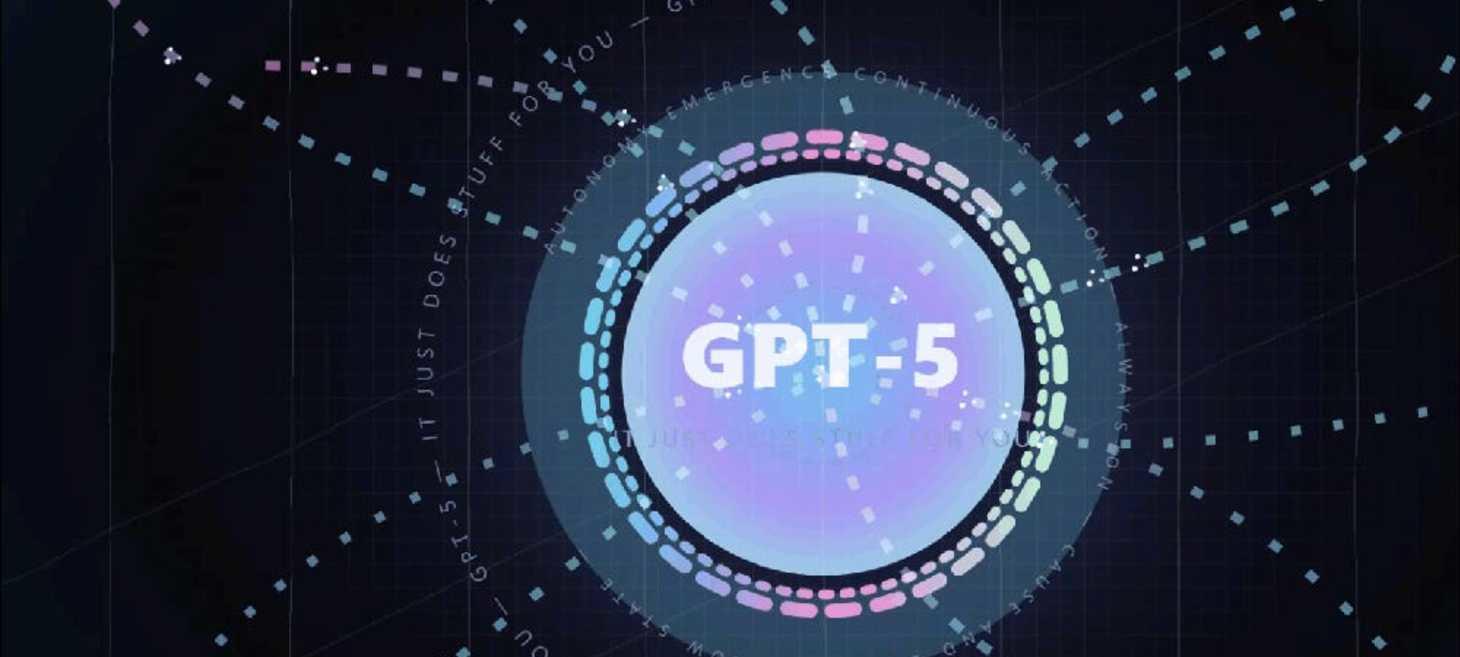
GPT-5: It Just Does Stuff
I have had early access to GPT-51, and I wanted to give you some impressions of what it is and what it means. But the answer to the first question everyone will have is: Yes, this is a big deal. I asked GPT-5 to show you why by pasting this intro paragraph, exactly as you’re reading it, into ChatGPT, including the phrase: "you are GPT-5, do something very dramatic to illustrate my point, it has to fit into the next paragraph."
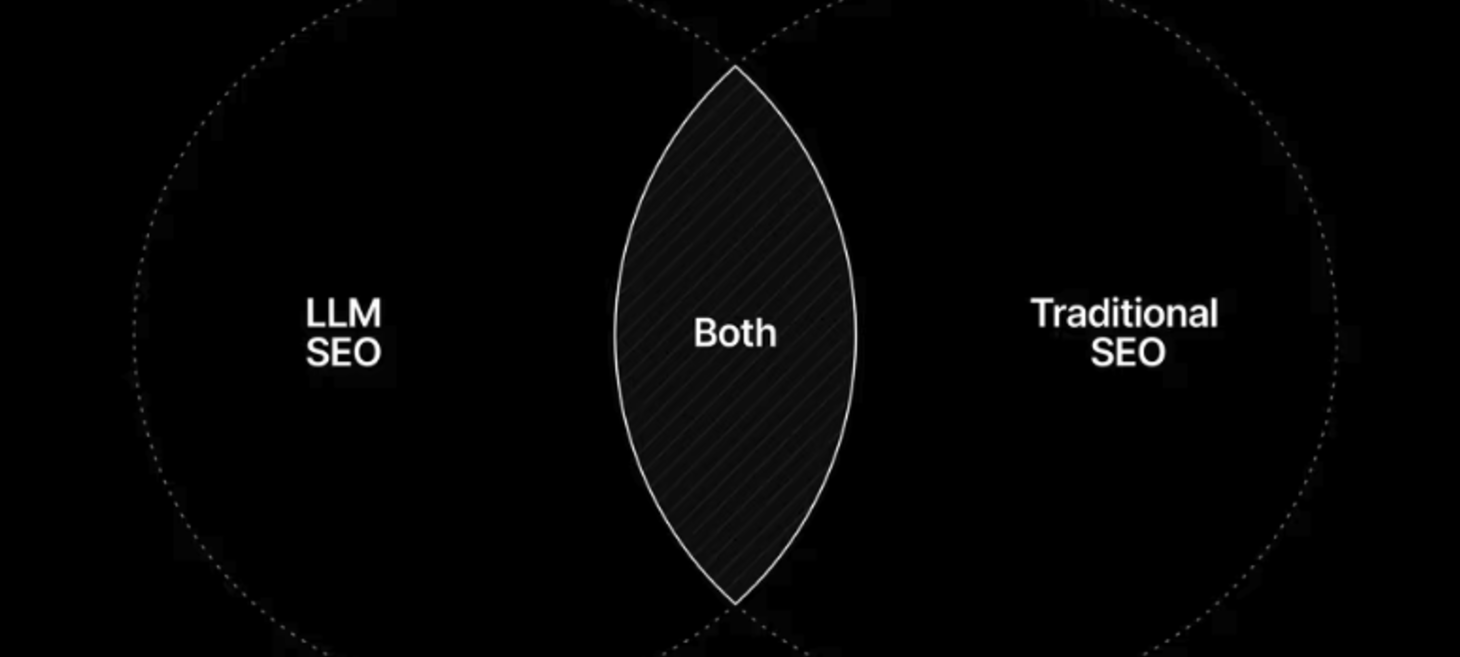
How Vercel's Adapting SEO for LLMs and AI Search
Search is changing. Backlinks and keywords aren’t enough anymore. AI-first interfaces like ChatGPT and Google’s AI Overviews now answer questions before users ever click a link (if at all). Large language models (LLMs) have become a new layer in the discovery process, reshaping how, where, and when content is seen.
 Sponsor
Sponsor
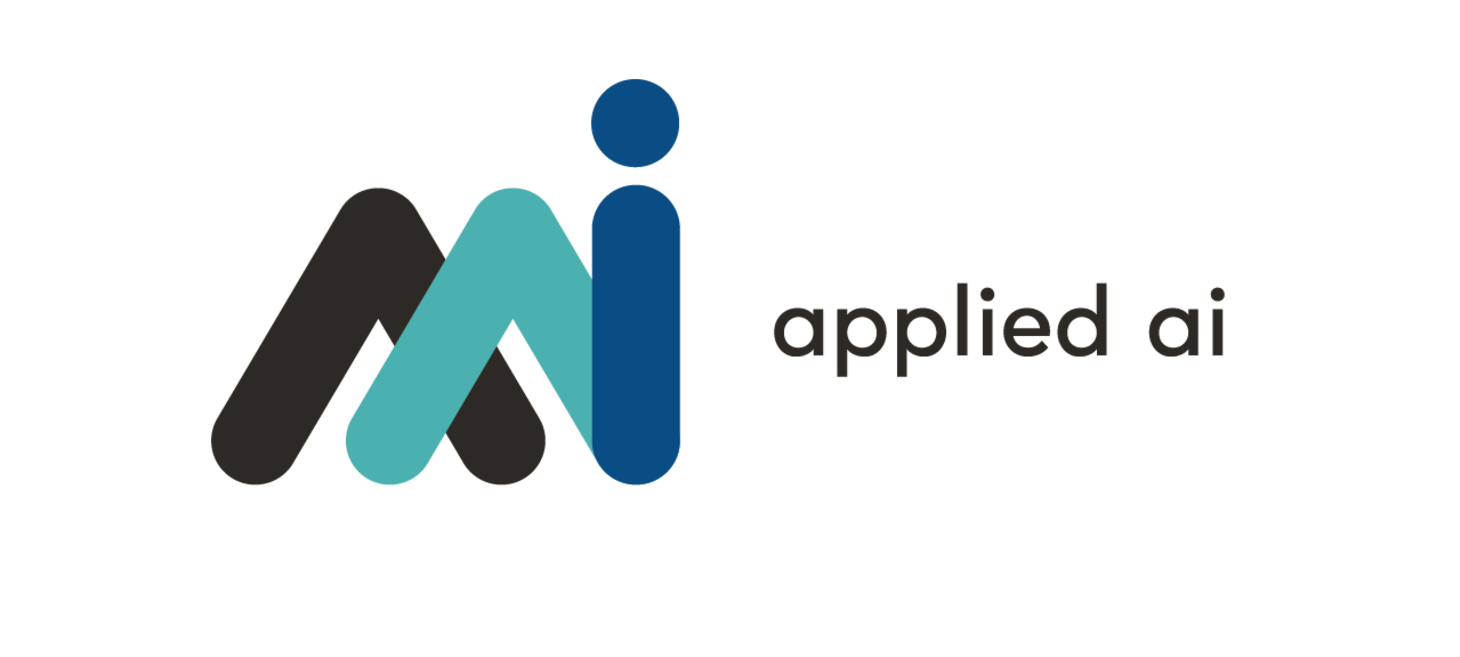
Applied AI 2025 Fall Conference
Join us for a full day of conversation on Artificial Intelligence, Machine Learning, and their applications to our world. Together, we will explore all aspects of Artificial Intelligence and its applications in areas such as Healthcare, Retail, Marketing, the Internet of Things, Agriculture, and all aspects from developer tools to applications with ChatGPT, Computer Vision, NLP, and Voice with chatbots. Everyone and all skills and interests are welcome!
 Business
Business
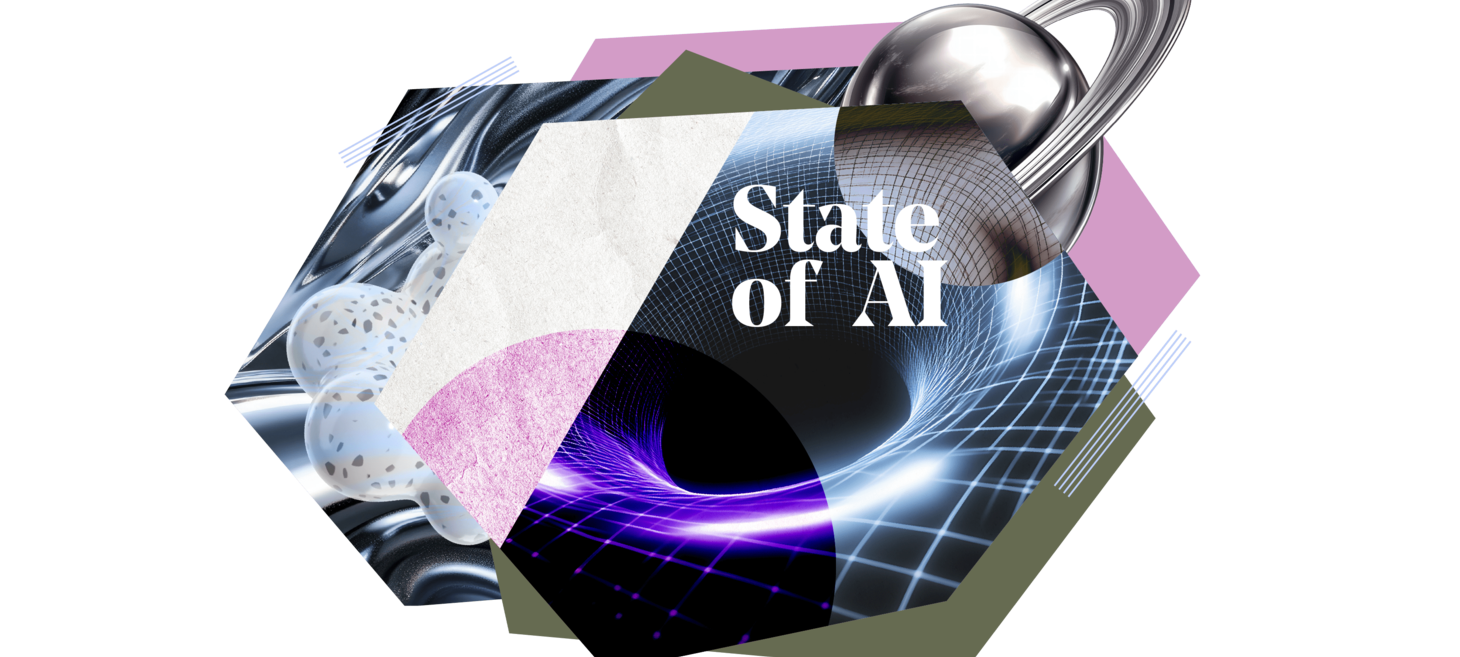
The State of AI 2025
The AI cosmos may still be forming, but we're already seeing the shape of this new universe. In the State of AI report, we break down the latest benchmarks, investment strategies, and top predictions changing how founders should build.
AI Tutoring Outperforms in-Class Active Learning: An RCT Introducing a Novel Research-Based Design in an Authentic Educational Setting
Advances in generative artificial intelligence show great potential for improving education. Yet little is known about how this new technology should be used and how effective it can be compared to current best practices. Here we report a randomized, controlled trial measuring college students’ learning and their perceptions when content is presented through an AI-powered tutor compared with an active learning class.
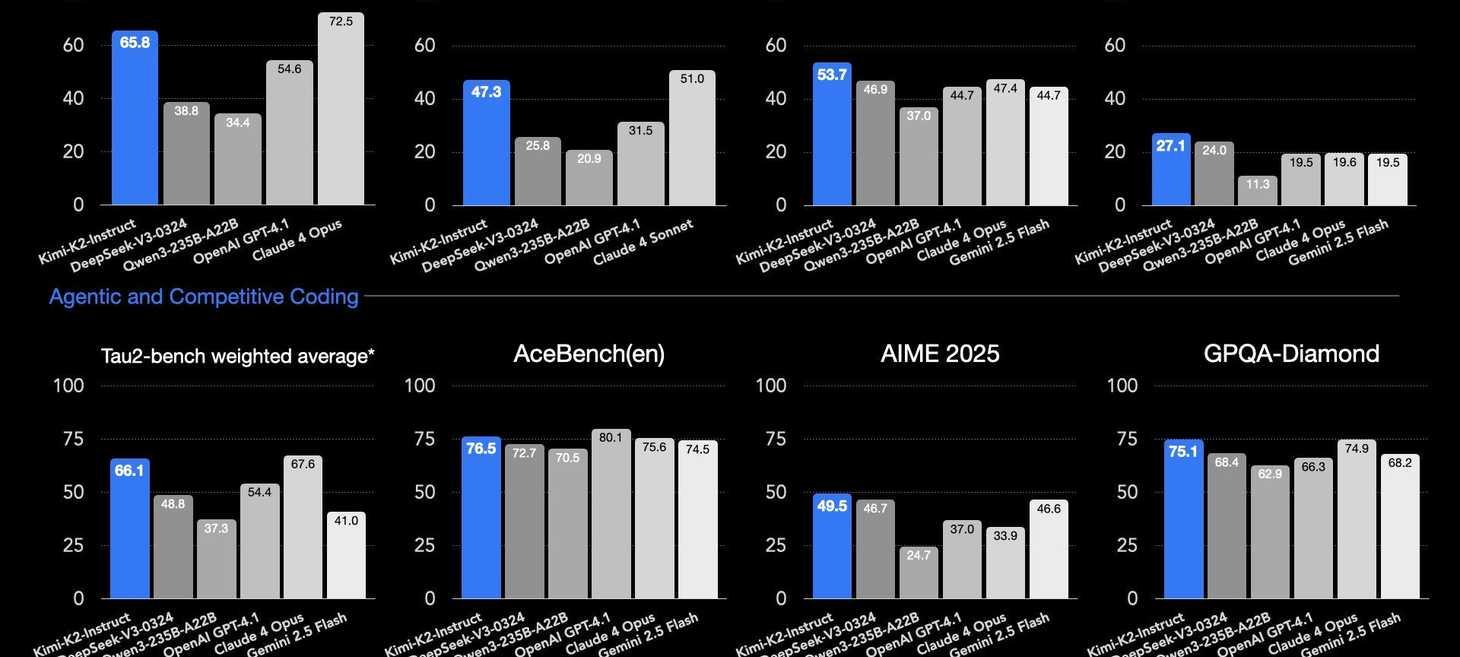
Kimi K2 and When "DeepSeek Moments" Become Normal
The DeepSeek R1 release earlier this year was more of a prequel than a one-off fluke in the trajectory of AI. Last week, a Chinese startup named Moonshot AI dropped Kimi K2, an open model that is permissively licensed1 and competitive with leading frontier models in the U.S. If you're interested in the geopolitics of AI and the rapid dissemination of the technology, this is going to represent another "DeepSeek moment" where much of the Western world — even those who consider themselves up-to-date with happenings of AI — need to change their expectations for the coming years.
 Development
Development

Why I'm Betting Against AI Agents in 2025 (Despite Building Them)
I've built 12+ AI agent systems across development, DevOps, and data operations. Here's why the current hype around autonomous agents is mathematically impossible and what actually works in production. Everyone says 2025 is the year of AI agents. The headlines are everywhere: "Autonomous AI will transform work," "Agents are the next frontier," "The future is agentic." Meanwhile, I've spent the last year building many different agent systems that actually work in production. And that's exactly why I'm betting against the current hype. I'm not some AI skeptic writing from the sidelines. Over the past year, I've built more than a dozen production agent systems across the entire software development lifecycle:

Why I Don’t Think AGI Is Right Around the Corner
Sometimes people say that even if all AI progress totally stopped, the systems of today would still be far more economically transformative than the internet. I disagree. I think the LLMs of today are magical. But the reason that the Fortune 500 aren’t using them to transform their workflows isn’t because the management is too stodgy. Rather, I think it’s genuinely hard to get normal humanlike labor out of LLMs. And this has to do with some fundamental capabilities these models lack.
Multi-Agent AI Workflows: The Next Evolution of AI Coding
A multi-agent workflow refers to using various AI agents in parallel for specific software development life cycle (SDLC) tasks, whether for planning, scaffolding, writing code, testing, debugging, log analysis, or deployment.
“A generalist ‘coding agent’ is not enough,” says Harry Wang, chief growth officer at Sonar, the maker of a code analysis tool. “Just like a human team has specialists, like back-end, security, and testing engineers, agentic systems will require multiple specialized agents.”

What CTOs Really Think About Vibe Coding
AI promised to make us all 10x developers, but instead it's making juniors into prompt engineers and seniors into code janitors cleaning up AI's mess.
That's the brutal reality we're seeing across the industry right now. While AI evangelists celebrate weekend apps built entirely through prompts, what's actually happening is that companies are drowning in AI-generated code that looks perfect but breaks in production.

LangGraph 101: Let’s Build A Deep Research Agent
Building LLM agents that actually work in practice is not an easy task.
You need to consider how to orchestrate the multi-step workflow, keep track of the agents’ states, implement necessary guardrails, and monitor decision processes as they happen.
Fortunately, LangGraph addresses exactly those pain points for you.
